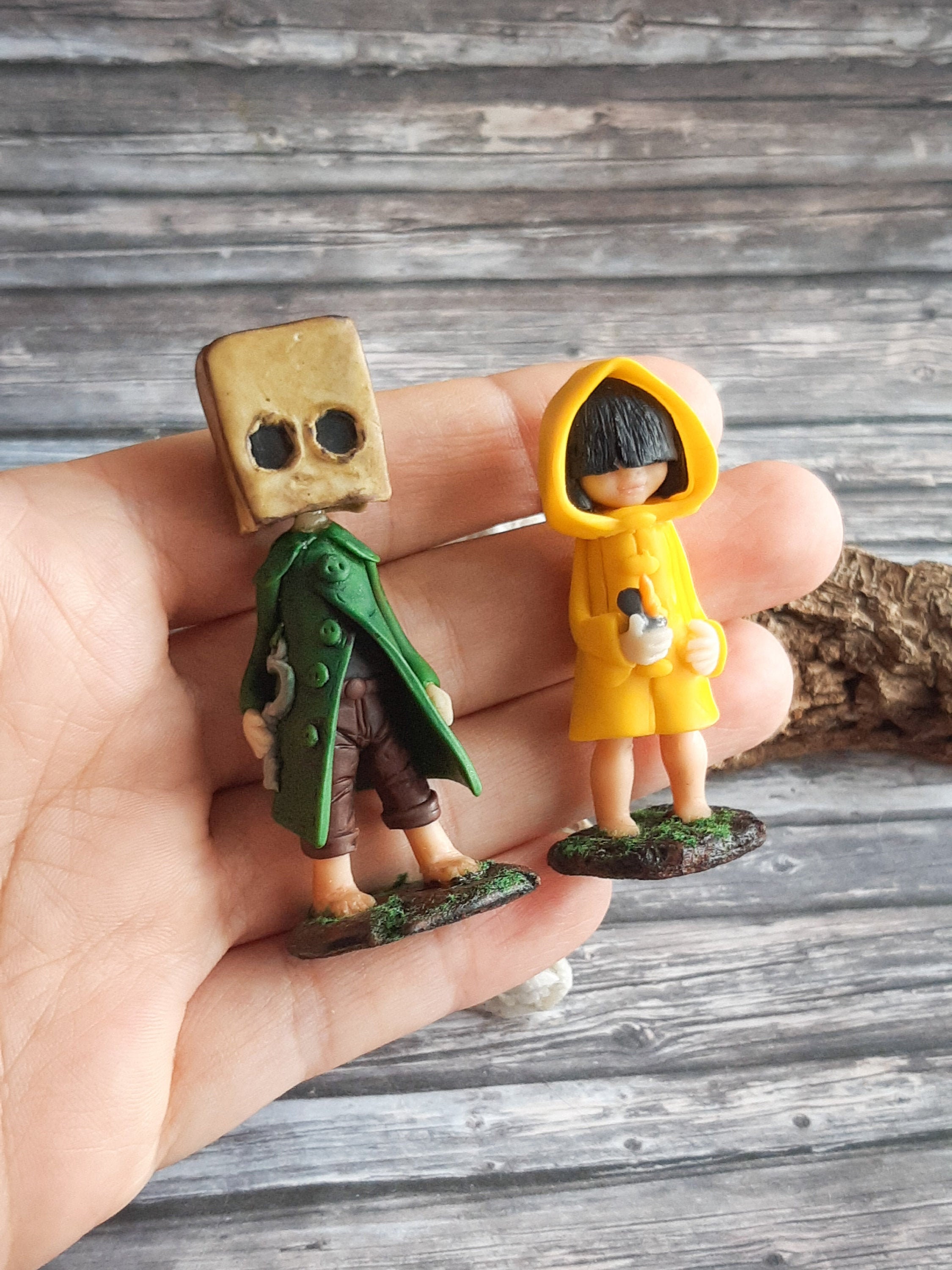


To summarize the plot as directly as possible before we dive into some of my interpretations:Ī child called ‘Mono’ wanders through a forest, avoiding traps, until they meet another child held captive in a rundown shack by a masked woodsman/hunter. While the first game saw the child ‘Six’ journeying through a massive clunky cruise ship full of gluttonous tourists, perhaps commenting on the exploitation of other cultures for foreign money (as evidenced by that game’s villain’s adoption of Japanese dress and decorative themes for her restaurant), this time around we’re dealing with a rainy groaning city and its outskirts.
#Little nightmares 2 figure skin
Meanwhile, adults bear frighteningly twisted faces and features, something like the more disturbing creations of Jim Henson, if he had preferred to work with mummified skin instead of fur. They are lured with food-baited cages and traps. Its surreal society draws a distinct line between children and adults, as if the two belong to different species.Ĭhildren are treated as vermin, the protagonists about the size of a mouse, forced to scurry from one piece of furniture cover to another. This is inherently difficult, given that the world of Little Nightmares, somewhat implied by the title, operates based on dream logic. In this post I’ll look to form a cohesive narrative theory of the second game, using only my personal play time and a little light Googling as resources. Players are tasked with navigating a hostile 2.5D world as grimy feral children populated by distorted monstrous adults that attack on sight and, more often than not, kill instantly. It is a prequel to the first game, and features the first game’s protagonist as a computer-controlled companion. If you’re unfamiliar, Little Nightmares 2 is a horror puzzle-platformer video game developed by Tarsier Studios. (Spoiler warning: full spoilers for Little Nightmares 1 and 2)


 0 kommentar(er)
0 kommentar(er)
